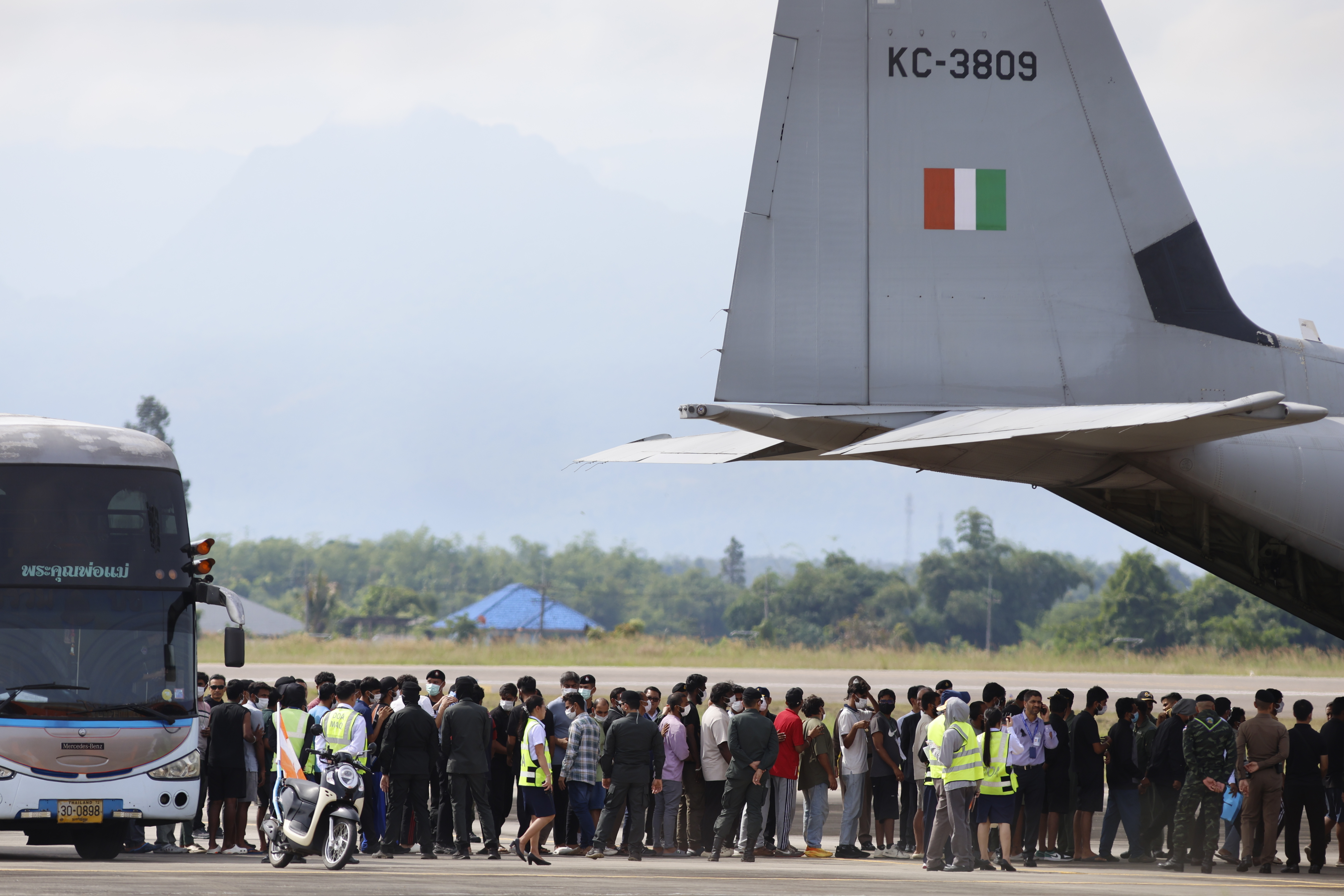What's Happening?
A Fulton County Superior Court judge has ruled that polling locations in Atlanta will remain open until 8 p.m. for municipal elections, granting voters an additional hour to cast their ballots. This decision follows a lawsuit filed by the city of Atlanta against
Fulton and DeKalb counties. Initially, polling locations were scheduled to close at 7 p.m. The extension applies only to local races, and voters arriving between 7 p.m. and 8 p.m. will use provisional ballots to ensure they vote solely on Atlanta races, excluding the special election for the Public Service Commission.
Why It's Important?
The ruling is significant as it addresses concerns about voter access and participation in local elections. By extending polling hours, the court aims to accommodate more voters, potentially increasing turnout and ensuring that residents have ample opportunity to engage in the democratic process. This decision may set a precedent for future election-related disputes, highlighting the judiciary's role in resolving conflicts between local governments and election authorities. The outcome could influence public policy regarding election management and voter accessibility.
What's Next?
The extended polling hours may prompt reactions from political leaders and civil society groups, who could advocate for similar measures in other jurisdictions. The decision might also lead to further legal challenges or discussions about standardizing polling hours across counties to prevent discrepancies. Stakeholders may push for legislative changes to address underlying issues that led to the lawsuit, such as coordination between city and county election officials.
Beyond the Headlines
This development underscores the ongoing debate over voting rights and election accessibility in the U.S. It raises questions about the balance between local autonomy and state oversight in election management. The case may contribute to broader discussions on how to ensure equitable access to voting, particularly in urban areas with diverse populations and logistical challenges.

















